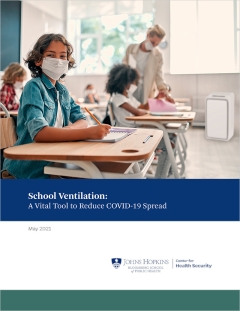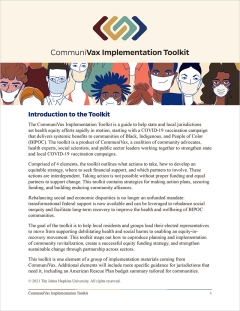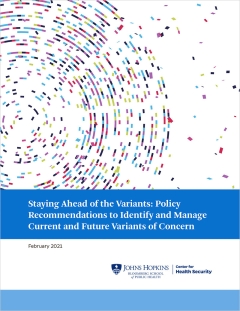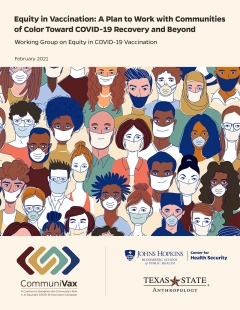Coordination of efforts to assess the challenges and pain points felt by industries from around the globe working to reduce COVID-19 transmission in the indoor environment as well as innovative solutions applied to meet these challenges is mandatory. Indoor infectious viral disease transmission (such as coronavirus, norovirus, influenza) is a complex problem that needs better integration of knowledge. Critical to providing a reduction in transmission is to map the four core technical areas of environmental microbiology, transmission science, building science, and social science. To that end a three-stage science and innovation Summit was held to gather information on current standards, policies and procedures applied to reduce transmission in built spaces, as well as the technical challenges, science needs, and research priorities. The Summit elucidated steps than can be taken to reduce transmission of SARS-CoV-2 indoors and calls for significant investments in research to develop knowledge of viral pathogen persistence and transport in the built environment, risk assessment and mitigation strategy considerations including such as processes and procedures to reduce the risk of exposure and infection including building systems operations, biosurveillance capacity, communication, leadership, and stakeholder engagement for optimal response. The findings reflect the effective application of existing knowledge and standards, emerging science, and lessons-learned from current efforts to confront SARS-CoV-2.







